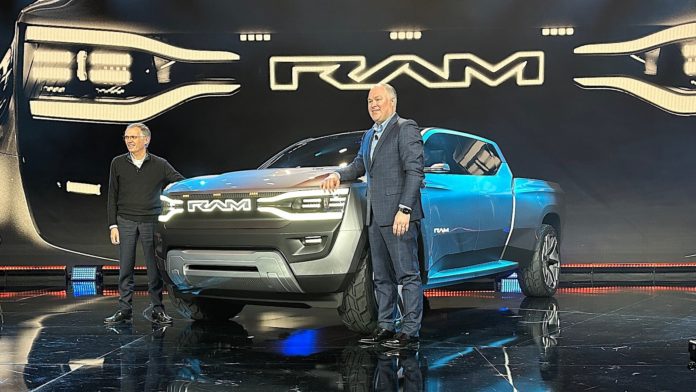After 42 years in the auto industry, Carlos Tavares has proven himself to be a turnaround expert. He reversed the downward spiral of France’s Groupe PSA when brought in as CEO. And the Portugese-born executive helped turn a money-losing Opel/Vauxhall into a profitable operation barely a year after buying it from General Motors.
But now, the 64-year-old executive faces what may be his toughest challenge yet. As CEO of Stellantis, the world’s sixth-largest automotive manufacturer, he must manage the switch from internal combustion engines to battery-electric technology. And he has to do that while maintaining the automaker’s profitability. That’s no easy task, Tavares says, noting that it costs his company about 40% more to produce an EV than a comparable gas-powered model.
Moving ahead
But Stellantis is plowing forward, as it demonstrated earlier this month with the debut of the Ram Revolution. It’s a concept version of the all-electric Ram 1500 EV pickup coming to market in two years. Following the show car’s debut at CES 2023, Tavares met with a small group of journalists to discuss the challenges and promise of going electric.
Q: Stellantis faces a situation where you’re going to have to build and sell a lot of EVs, but you also have to sell them at a cost consumers want while making a business case for vehicles you say cost 40% more to produce than comparable gas-powered vehicles. How are you going to do that?
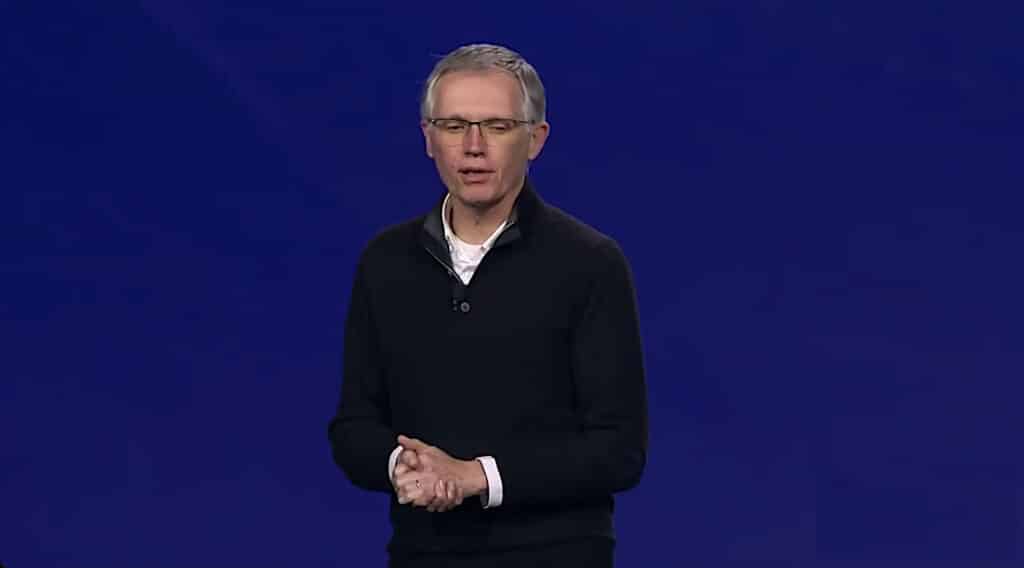
Tavares: You can look at it short term, mid-term and long term. Forty percent is a huge number. If you pass 40% (higher costs) onto the consumer you lose the middle classes. The (sales) numbers shrink and you will need to restructure. So, that is the wrong direction. The other direction is that you sell at a loss to protect affordability and you still need to restructure your company because, if you sell at a loss you still have a problem. But there is no other notable path right now, to the best of my knowledge than to work very hard, and very fast in reducing cost.
Q: The situation is complicated by rising raw materials prices, isn’t it?
Tavares: Add the volatility of raw materials because the cost of batteries is mostly dependent on the cost of raw materials and, as we all know, those costs can be very volatile. The economy is slowing down and growth is slowing down. Inflationary pressures are being reduced which is going to help reduce total production costs — 2023 is going to be challenging and interesting.
Multiple options?
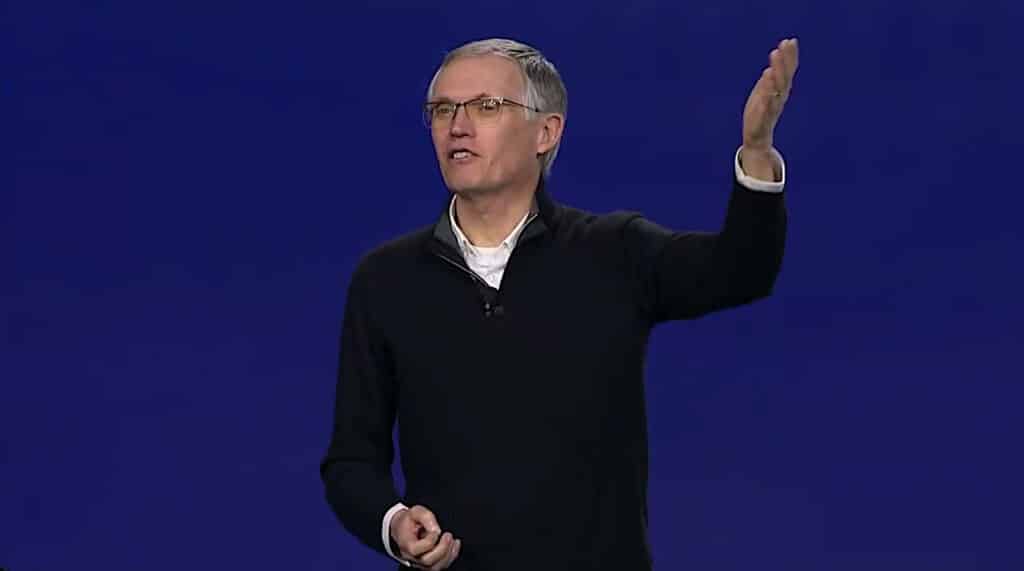
Q: At CES you showed off your Ram Revolution concept. One of the challenges for electric pickups is towing range, especially in the heavy-duty segment. Stellantis has been positive about fuel-cell technology. Are you looking at adopting that technology for larger pickups, perhaps as a range extender to improve towing range?
Tavares: We are selling fuel-cell vans in Europe right now. It’s a possibility the technology will be available for our Ram brand, for the ProMaster (van) in particular. It will be (brand CEO Mike Koval’s) decision whether to use it or not (in the Ram 1500 EV). So, you see, electrification is not the only way to go. The common denominator of all this is clean energy.
Q: You seem to believe that a rush to EVs is not necessarily the best solution, either for carmakers or for the environment and the effort to reduce carbon emissions.
Tavares: If you want to go fast, you can reduce by 50% your CO2 emissions, while protecting affordability (with the) mild hybrid. You protect affordability for the middle classes. Hence, you protect high volume sales, and you do a good job for the planet. The world is breaking down into two groups, the pragmatic group and the dogmatic, where there is mistrust and anything that has an internal combustion engine is perceived as an intent to cheat.
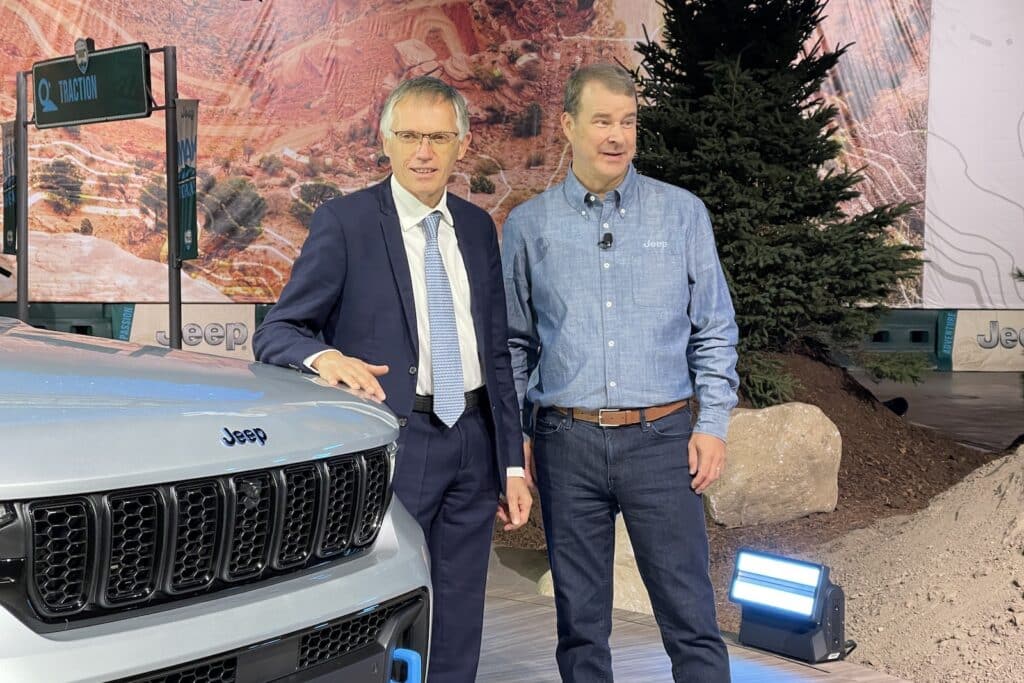
Q: Some competitors, like Mercedes-Benz and General Motors, are planning to invest to help expand the charging infrastructure. Will Stellantis?
Tavares: I do not consider that our core business or even our responsibility. Our responsibility is to supply mobility devices to protect freedom of mobility. Infrastructure is not our core business. We should not be allocating a significant amount of our resources to the detriment of other technological developments. I have 30 EVs on sale. It is up to the states that are creating the regulations to invest in the infrastructure.
Q: What about selling chargers?
Tavares: I’m willing to create a business where I engineer the appropriate charg(ers) that I can sell for a profit.
Q: You’re going to be relatively late to the market with battery-electric vehicles like the Ram 1500 EV. Isn’t that a problem?
Tavares: I’m taking advantage of not being first and having the leisure to engineer my product in ways that will beat the guys who are already there. Some have made significant announcements and I’m using that information to define my own competitiveness.
Building batteries
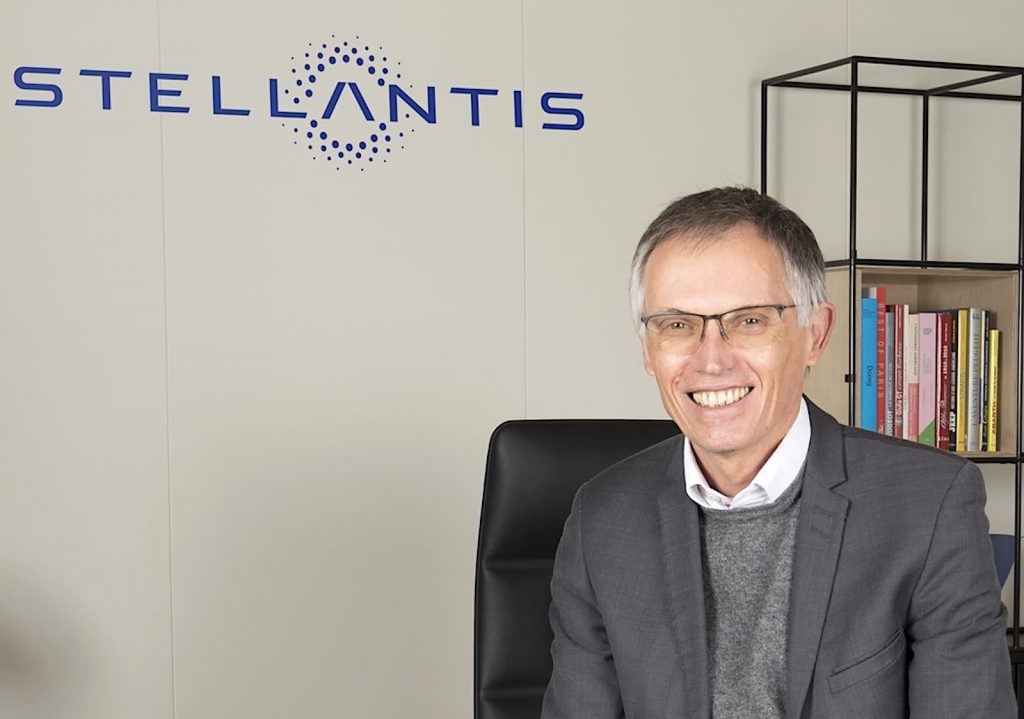
Q: You’ve said EVs cost 40% more to build than comparable ICE models, suggesting that the batteries are the real barrier to affordability. What is the second barrier?
Tavares: The battery is very, very far and away the number one problem. Then there is the need to optimize the (EV) platform. Today, we are making boxes and then bolting them to the chassis. This is not optimized in terms of engineering. We need a more efficient form from an architectural perspective.
Q: You have raised concerns about new regulations that don’t necessarily consider the costs or the challenges.
Tavares: We need to understand what the next regulations will be and try to negotiate. (But) the faster I get to a carbon-neutral condition, the better it will be for my company. I’m just trying to run faster the regulators.
Q: How much of the Ram Revolution concept will we see in the production Ram EV?
Tavares: You will not see everything you have seen today on the (first Ram 1500 EV). It’s a concept. But you will see it within the next five or six years … in the next generation.
Q: We’ve seen the cost for batteries rise because of shortages of raw materials. Does that create a problem? And where does recycling come in?
Tavares: We have learned the hard way that raw materials may become scarce in the future. That is why we created a specific company (to line up supplies). And we are now creating the partnerships to recycle the batteries to get back the raw materials, most importantly the expensive ones. Recycling is going to be the name of the game.

